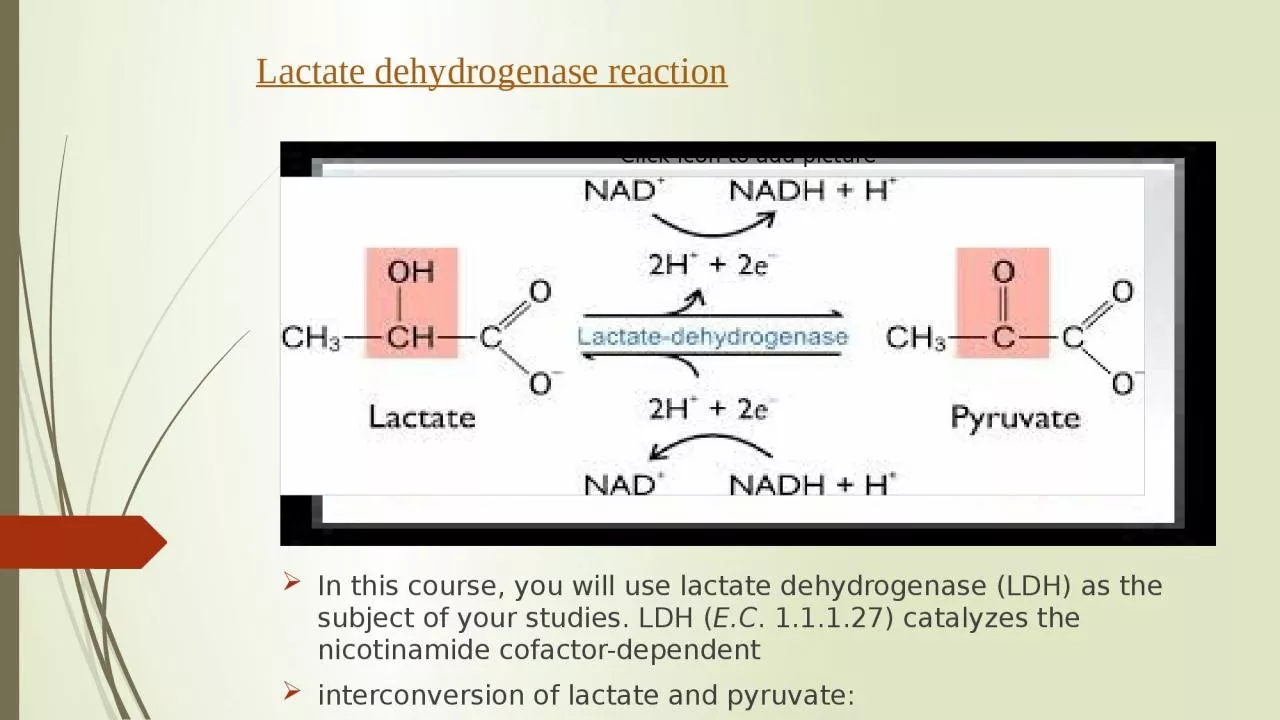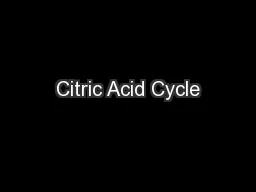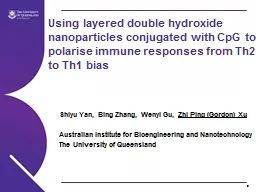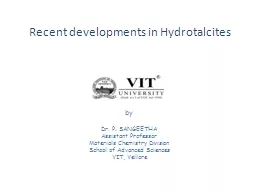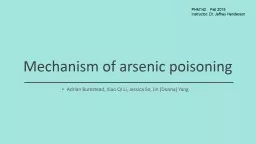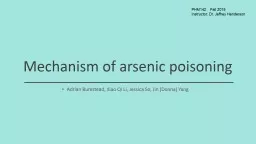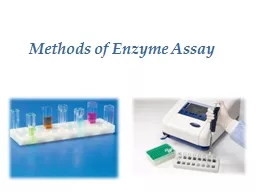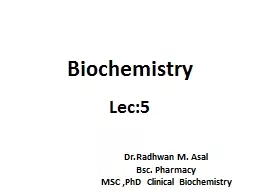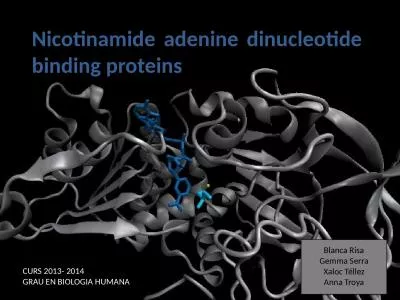PPT-In this course, you will use lactate dehydrogenase (LDH) as the subject of
Author : obrien | Published Date : 2023-06-10
your studies LDH EC 11127 catalyzes the nicotinamide cofactordependent interconversion of lactate and pyruvate Lactate dehydrogenase reaction Factors that Affect
Presentation Embed Code
Download Presentation
Download Presentation The PPT/PDF document "In this course, you will use lactate deh..." is the property of its rightful owner. Permission is granted to download and print the materials on this website for personal, non-commercial use only, and to display it on your personal computer provided you do not modify the materials and that you retain all copyright notices contained in the materials. By downloading content from our website, you accept the terms of this agreement.
In this course, you will use lactate dehydrogenase (LDH) as the subject of: Transcript
Download Rules Of Document
"In this course, you will use lactate dehydrogenase (LDH) as the subject of"The content belongs to its owner. You may download and print it for personal use, without modification, and keep all copyright notices. By downloading, you agree to these terms.
Related Documents

